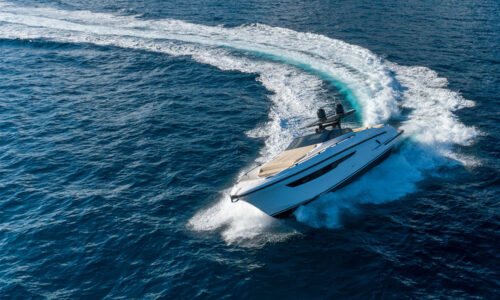Types of Hull Shapes
Flat-Bottom Hulls
Flat-bottom boats are usually cheaper to make and don’t sit deep in the water. They can quickly get up to speed and glide on the water, which makes them great for calm waters. They can be bumpy at high speeds and often have low sides, so they can easily get water inside if there are waves. Some examples of flat-bottom boats are jon boats, small utility boats, and racing runabouts.
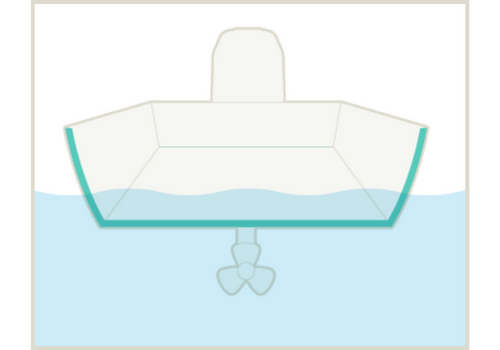
Round Bottom Hulls
Round-bottom hulls move easily through the water at slow speeds, making them ideal for sailboats, canoes, and some kayaks. They can be somewhat unstable, especially in choppy waters.
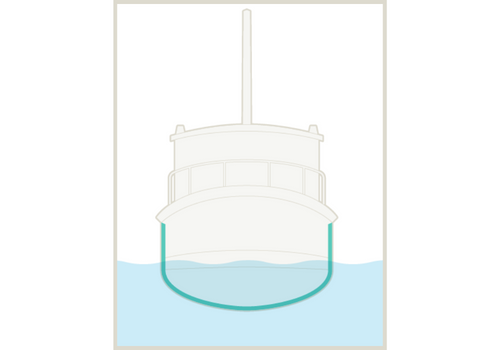
V-Shaped Hulls
V-shaped hulls provide a smooth ride in choppy water, making them ideal for some small utility boats and runabouts. However, they require more power to move at the same speeds as flat-bottom hulls.
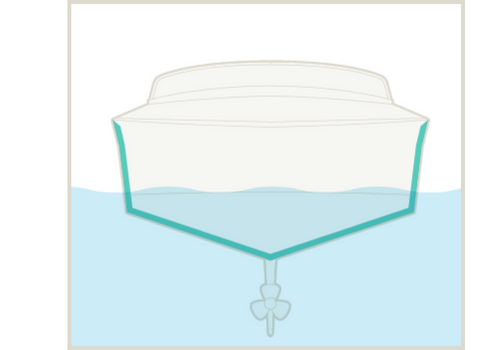
Deep V-Shaped Hulls
Deep-V hulls provide an even smoother ride in choppy water than v-shaped hulls. They are commonly found on most runabouts, cruisers, and larger recreational boats. They require more power than v-shaped hulls.
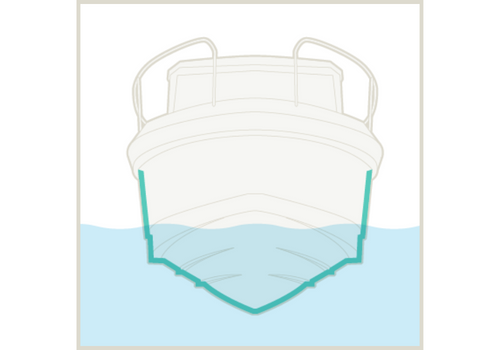
Multi-Hulls
Catamarans and some paddle craft are examples of multi-hull boats. The wide stance provides greater stability. Each of the hulls may carry any of the bottom designs described above.
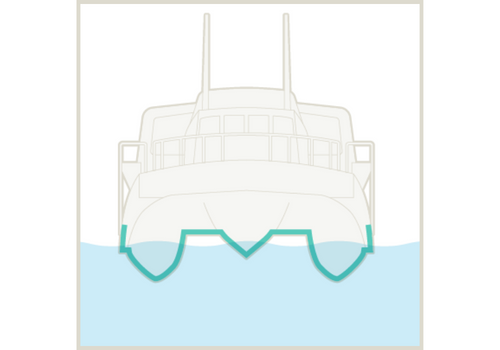
Boating
- Wyoming
- Wisconsin
- West Virginia
- Washington
- Virginia
- Vermont
- Utah
- Tennessee
- South Dakota
- South Carolina
- Rhode Island
- Pennsylvania
- Oregon
- Oklahoma
- North Dakota
- North Carolina
- New York
- New Mexico
- New Jersey
- New Hampshire
- Nevada
- Nebraska
- Montana
- Missouri
- Mississippi
- Minnesota
- Michigan
- Massachusetts
- Maryland
- Maine
- Louisiana
- Kentucky
- Kansas
- Iowa
- Indiana
- Illinois
- Idaho
- Hawaii
- Georgia
- Florida
- Delaware
- Connecticut
- Colorado
- California
- Arkansas
- Arizona
- Alaska
- Alabama
- Ohio
- Texas
Coming Soon!
Coming Soon!
Coming Soon!
Refresher Boating Course
LifetimeAll levels48 Lessons8 Quizzes136 StudentsThis is a FREE Boating course.
Free

